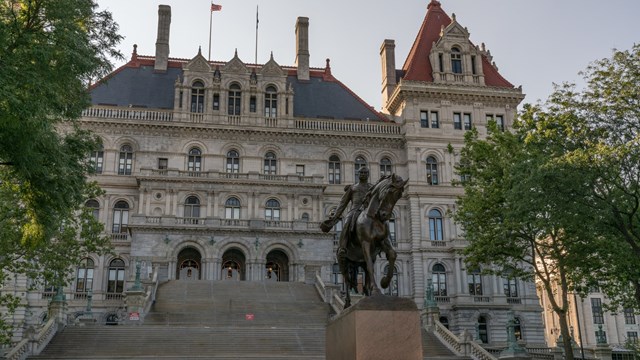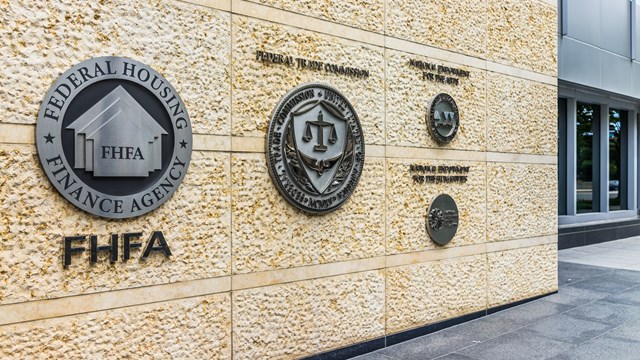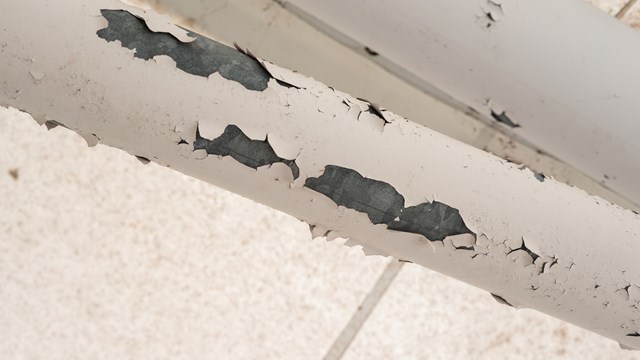February 21, 2005 signaled the commencement of the sixth cycle of New York City's façade inspection laws: Local Laws 10 (1980) and 11 (1998), now referred to collectively as Local Law 11.
It has been a full quarter-century since New York City's initial façade inspection law was signed into law by Mayor David Dinkins on February 21, 1980. Over the years, the requirements of the law have evolved, and building owners and managers have diligently adapted to new procedures. However, as a result of a seemingly innocuous change instituted seven years ago under Local Law 11, Cycle 6 is treacherously different from all previous cycles.
The purpose of this article is to outline an action plan so that co-op and condo board members, with the participation of their management firms and inspecting professionals can successfully navigate Cycle 6. While there may be procedural complexities involved, the basic concepts resulting in successful Cycle 6 compliance are simple.
In March 1998, under Local Law 11, the City Council promulgated several changes that effectively removed exemptions and tightened the city's façade inspection law. The changes became effective during Cycle 5, which closed in February 2002. The crucial change affecting Cycle 6 was the deletion of the condition termed "Precautionary," and its replacement with "Safe with a Repair and Maintenance Program," known by its acronym SWARMP. (The law requires that all observed conditions be classified in one of three categories: "Safe," "Unsafe," or SWARMP. Precise definitions of these terms are contained within the law.) The new term is defined:
"27-129 (d) (2) Safe condition with a repair and maintenance program. An architect or engineer shall not file a report of a safe condition with a repair and maintenance program for the same building for two consecutive filing periods unless the second such report is accompanied by his or her certification attesting to the correction of all conditions identified in the earlier report as requiring repair."
To amplify the significance of 27-129 (d) (2), and clarify its meaning, the Department of Buildings (DOB) issued a "plain language version" in a June 2004 letter to owners:
"If you filed SWARMP in the fifth cycle, you must complete repairs for those items identified as SWARMP conditions in Cycle #5."
"Conditions that are not corrected must be filed as "Unsafe" in the sixth cycle."
Under the new law, the inspecting professional preparing the Cycle 6 report has absolutely no latitude regarding this Unsafe filing. Even if an un-repaired Cycle 5 SWARMP appears perfectly stable on the day of the Cycle 6 inspection, the law does not allow the professional to extend the SWARMP designation into Cycle 6. If a condition listed as SWARMP in the Cycle 5 report has not been addressed prior to Cycle 6 filing, the professional has no choice but to classify it as Unsafe. (Prior to Local Law 11, "Precautionary" conditions were often carried over from one cycle to the next.)
To exacerbate the problem, the law makes no distinction between what might be termed an "administrative" Unsafe (a minor crack on a rear façade that hasn't widened in 10 years, noted as SWARMP in Cycle 5 but not yet repaired) and a newly discovered "barricade-the-streets-call-out-the-National-Guard" Unsafe, (a parapet wall of a 30-story building adjacent to a schoolyard, that has shifted 6 inches outward in the last 48 hours).
The shifted parapet wall, without question, would require immediate repair (and immediate notification of the DOB). And it wouldn't be a bad idea to fix the ten-year-old crack, either. But in the real world, where funds are limited, deferring repair of an off-street crack that has been stable for 10 years might be a rational choice for an owner. Now, you no longer have that choice.
The inclusion of "administrative" Unsafe conditions in Cycle 6 Critical Examination reports will invoke violations from the DOB--and possibly the Environmental Control Board (ECB). ECB violations usually entail court appearances and possible fines. Furthermore, the actual repair of the condition will be done with the DOB looking over your shoulder. Obviously, it is preferable to avoid unsafe conditions where possible.
In Cycle 6, it is important that you develop a compliance strategy. We recommend the following:
- Have your management company confirm the "Cycle 5" Local Law 11 status of the building NOW. (The easiest way to check the Local Law 11 status of a building is to use the Building Information System (BIS) found on the DOB website.) Management should obtain a "hard" copy of the Cycle 5 report, particularly if the building was classified "SWARMP" or "Unsafe" during Cycle 5. Review the Cycle 5 report to ascertain details of the inspection and identify conditions requiring repair.
By undertaking the preceding steps prior to engaging an inspecting professional for Cycle 6, you will have a better idea what will be required of the professional in advance of signing a proposal.
In planning any required repairs, you should also consider that the Cycle 6 February closing date occurs in late winter. In most winters, exterior restoration projects are generally shut-down in November due to the cold weather. Furthermore, because the required correction of Cycle 5 SWARMP conditions is a new requirement for Cycle 6, many owners may be caught off-guard. In New York City, there are approximately 12,000 buildings subject to the requirements of Local Law 11, so there may be a high volume of repair work underway toward the end of the cycle, taxing resources, and resulting in increased prices.
Get started now but don't panic! You should make every effort to meet the Cycle 6 "repair" deadline. However, if for some (justifiable to the DOB) reason your building may not be in a position to repair all the Cycle 5 SWARMP conditions by the Cycle 6 "filing" deadline, the DOB has made provision for you and your professional to obtain limited extensions of time to complete repairs without incurring large financial penalties. (More on this in a future article.) Be sure to file your report on time, even if it contains "administrative" Unsafe conditions.
For detailed information on the requirements of NYC's façade inspection laws and Cycle 6 compliance strategies, please visit the informational website: www.Locallaw11.com hosted as a public service by SUPERSTRUCTURES. The site provides a link to the DOB website, which also contains useful information, DOB contact information, and DOB forms.







Leave a Comment